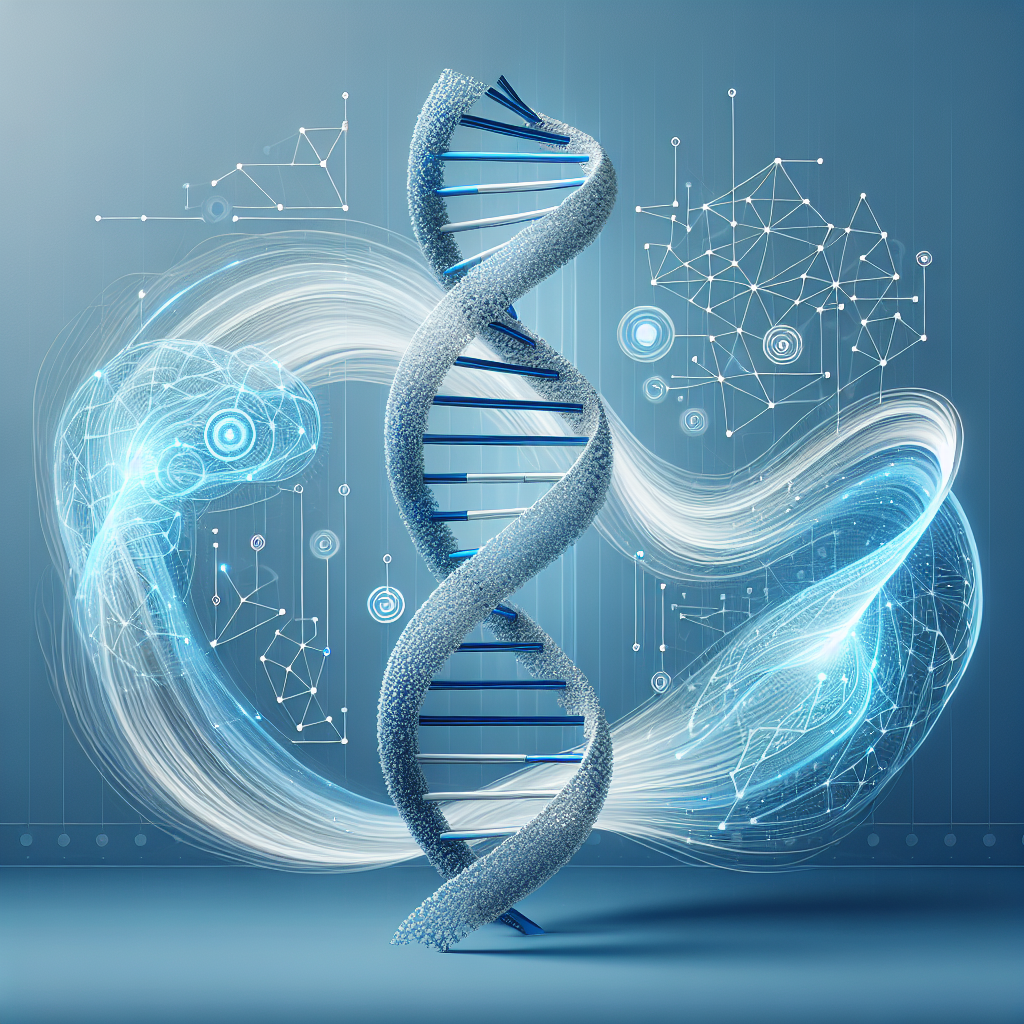Revolutionizing Genome Structure Analysis with AI
MIT chemists have achieved a breakthrough in genomic research by developing an innovative AI-powered method to determine three-dimensional genome structures. This groundbreaking approach can generate thousands of structural predictions in minutes, dramatically outpacing traditional experimental methods.
Understanding the Complex World of Chromatin
The cell nucleus houses an intricate complex called chromatin, where DNA and proteins coexist. This remarkable structure allows cells to compress 2 meters of DNA into a microscopic nucleus. The organization involves DNA strands wrapping around histone proteins, creating a “beads on a string” configuration.
The Power of ChromoGen: A Two-Component AI System
The researchers developed ChromoGen, an advanced AI model consisting of two key components:
- A deep learning model that analyzes DNA sequences and chromatin accessibility data
- A generative AI component trained on over 11 million chromatin conformations to predict accurate structures
Advantages Over Traditional Methods
This new approach offers several significant benefits:
- Generates 1,000 structures in just 20 minutes using a single GPU
- Produces results comparable to experimental data
- Works effectively across different cell types
- Enables exploration of mutation effects on chromatin structure
Future Applications and Impact
The technology opens doors to numerous research possibilities:
- Analyzing chromatin structure differences between cell types
- Studying various chromatin states within single cells
- Investigating the relationship between mutations and diseases
- Understanding gene expression patterns in different cell types
The researchers have demonstrated their commitment to scientific advancement by making both their data and model publicly accessible, fostering collaborative research in this exciting field.
For more detailed information about this groundbreaking research, visit the official MIT News article

